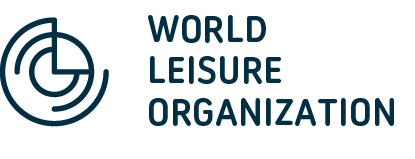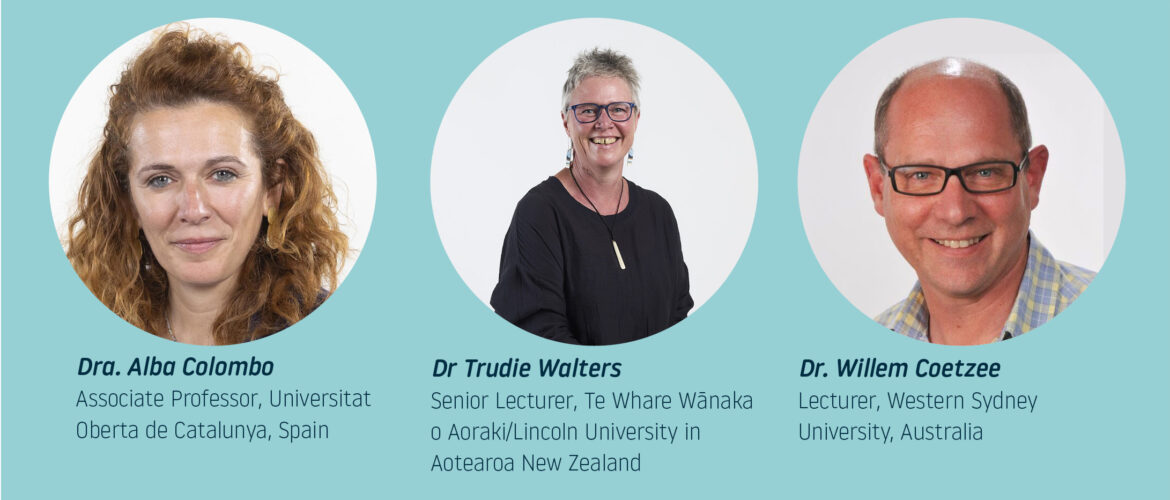Designing inclusive festivals:
In your research and global experience, how can leisure festivals be intentionally designed to promote access and inclusion—especially for marginalized, underrepresented, or historically excluded communities (e.g., Indigenous groups, migrants, people with disabilities)? What strategies or models from your work in sustainable tourism and event planning have proven most effective across diverse contexts?
Trudie – I believe it all starts with involving the community. The most successful accessible and inclusive festivals are those that represent the voices of the community, so it is vital to include them in the planning and delivery. Listen to their goals and needs, and make sure they are genuinely incorporated right from the start.
Alba – agreeing with Trudie, co-creation with migrant and minority groups, intercultural programming, and shared decision-making structures have proven effective in fostering inclusion. In contexts like Mediterranean festivals, these strategies help reframe belonging and visibility through locally grounded, collaborative practices.
Willem – within the same marginalised communities the social structure and other intersectional qualities will also influence participation.
Trudie – that’s so true Willem, communities are not homogenous so it’s important to recognise this and reflect the diversity within planning!
Addressing equity and representation:
Given the current global emphasis on equity, representation, and accessibility, how should leisure and event professionals adapt their practices? How can we ensure these changes are sustainable and culturally sensitive—especially in regions with complex social histories, such as post-apartheid South Africa or post-colonial settings?
Alba – In my view, the post-Franco transition in Spain showed how festivals and public events can play a powerful role in reclaiming space and reshaping collective identity. I believe event professionals must embed equity from the outset by working with local communities, especially in post-authoritarian or post-colonial contexts. As I understand that ensuring lasting and culturally sensitive change requires long-term dialogue, capacity-building, and deep attentiveness to local histories and power relations.
Trudie – The current political climate across many Western democracies at present seems to be moving to more right-wing ideologies, and festival funding may be impacted by anti-inclusive criteria. However, it is possible to ‘build in’ event organisation practices that embed equity and representation. First, if the event has been run previously, analyse the diversity of the attendees and identify who is missing. Second, carefully consider the information the target ‘missing’ audience needs to be able to make a decision to attend – what would make them feel welcome and included? For example, is the venue accessible and is there accessible parking, are you using pronouns and gender neutral language, is the web page screen reader-friendly, is there a quiet space or a dedicated time for neurodiverse people to attend? Third, make sure this information is communicated so they don’t need to invest time and energy asking!
Willem – Great points Trudie and Alba. Policy settings and guidelines should be very clear on the type of events that a local government would like to host in their areas. I like the 3rd point you made Trudie, that information is communicated in the pre-event phase so that attendees are aware of the inclusive event practices. Things like a rainbow flag for the LGBTQIA+ community or a sunflower for attendees with hidden disabilities (not sure if this is only in Australia).
Events as community builders:
Can you share examples from your work where festivals or leisure events served as platforms for community engagement, intercultural dialogue, or reconciliation? What planning elements, stakeholder involvement, or evaluation methods helped achieve meaningful social outcomes?
Alba – In my experience, events like the correfoc and cors muts in Barcelona, and La Patum in Berga, illustrate different dynamics of community engagement. The correfoc fosters participation across diverse urban groups, while the cors muts have become tools of resistance to global pressures like gentrification, reclaiming public space through collective expression. In contrast, La Patum, though symbolically powerful, reflects the tensions of a more closed local society, where inclusion is limited and change is contested. These examples show that meaningful social outcomes depend not only on planning and stakeholder involvement, but also on navigating local power structures and broader sociopolitical tensions.
Willem – Great points Alba. The social impact project of the 2023 World Leisure Congress and the idea of a solutions room during the congress created impact. Trudie, you can probably add many examples from FAFSwag, SouthD, Disability events and the marching ladies.
Trudie – Yes, your social impact project as part of the World Leisure Congress in New Zealand was a great example of community building Willem! Love those examples you raised too Alba. For me, the South D Street Festival in New Zealand and the Govanhill International Festival and Carnival in Scotland are model community building events, where the organisers worked and/or lived in the community. In both cases, they created an event within the community, for the community, that reflected the community. My research found that there were many benefits, from an individual level up to a community level. For SouthD, this included improved informal education and networking which has strengthened the ability of the community to raise their voices and be heard in local government planning. The GIFC is an anti-racist festival which has also focused on resisting negative narratives.
Responsibility beyond entertainment:
What responsibilities do event organizers and leisure professionals hold in shaping festivals that contribute to social resilience and long-term impact? How can this be balanced with economic and tourism goals—particularly in communities where festivals are key economic drivers?
Alba – in contexts like Barcelona, where festivals are both cultural expressions and economic engines, organizers must ensure that events do not deepen inequalities or displace local communities. For example, cors muts have resisted tourist-oriented homogenization by reclaiming public space and amplifying local voices. Balancing economic goals means reinvesting festival revenues into community projects, limiting commercial overexploitation, and supporting local artists and producers. Long-term resilience is built through stable community partnerships, anti-gentrification strategies, and cultural policies that protect the right to the city.
Trudie – it is fundamental to the sustainability of their business!
Willem – the SDG’s – especially poverty alleviation, equality, decent work and responsible consumption come to mind.




